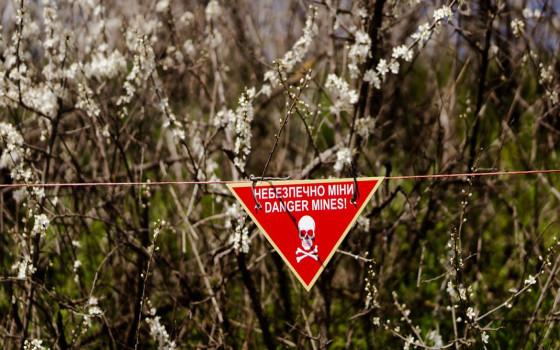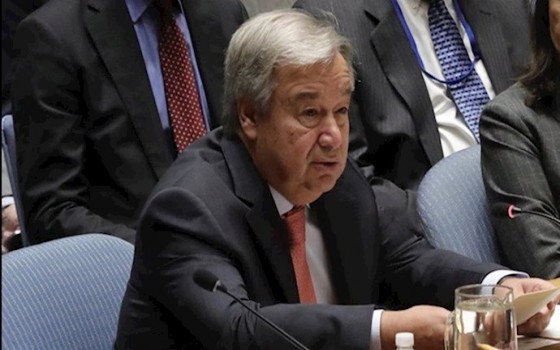
Six European countries have taken steps to withdraw from the Anti-Personnel Mine Ban Treaty... They pose a threat to 100 million people, half of whom are children.

- Europe and Arabs
- Friday , 4 July 2025 9:23 AM GMT
New York: Europe and the Arabs
Volker Türk, the UN High Commissioner for Human Rights, expressed his deep concern about the move by six European countries to withdraw, or are considering withdrawing, from the Anti-Personnel Mine Ban Treaty.
Estonia, Finland, Latvia, Lithuania, Poland, and Ukraine have taken steps to withdraw or are considering withdrawing from the Convention on the Prohibition of the Use, Stockpiling, Production and Transfer of Anti-Personnel Mines and on Their Destruction – also known as the Ottawa Treaty, after the Canadian city of Ottawa, where the process was launched in 1996. According to the UN Daily News, Volker Türk said in a statement: “These weapons threaten to inflict severe, persistent, and long-term harm on civilians, including children. Like other international humanitarian law treaties, the Ottawa Treaty is primarily designed to regulate the conduct of parties to armed conflict.”
He emphasized that adhering to this treaty only in times of peace, and then withdrawing from it in times of war or for emerging national security considerations, seriously undermines the framework of international humanitarian law.
Mines Threaten 100 Million People
Anti-personnel mines are one of the two main types of mines and target people – unlike anti-vehicle mines. However, since both types of mines explode spontaneously, they cause massive civilian deaths, especially among children.
Their deadly hazards persist long after hostilities have ended, contaminating farmland, playgrounds, and homes, posing a continuing threat to civilians.
The Ottawa Treaty was formally concluded in 1997. The treaty has 166 states parties and has led to a significant decrease in the use of anti-personnel mines. But in recent years, these positive trends have begun to reverse, with the number of civilians killed and injured by mines increasing by 22 percent in 2024 – 85 percent of those casualties were civilians, half of them children. Despite progress, some 100 million people in 60 countries still live under the threat of landmines. In Ukraine, for example, the United Nations Mine Action Service (UNMAS) estimates that more than 20 percent of the country’s territory – 139,000 square kilometers – is contaminated. Similarly, landmines remain a significant threat in Cambodia, decades after the end of the conflict and years of mine clearance efforts.
Commitment to International Law
Mr. Türk urged all parties to the Ottawa Treaty to adhere to their international legal obligations regarding anti-personnel mines and called on non-signatories to join the convention.
“With so many civilians suffering from the use of anti-personnel mines, I call on all states to refrain from withdrawing from any international humanitarian law treaty and to immediately suspend any withdrawals that may be underway,” he said.












No Comments Found